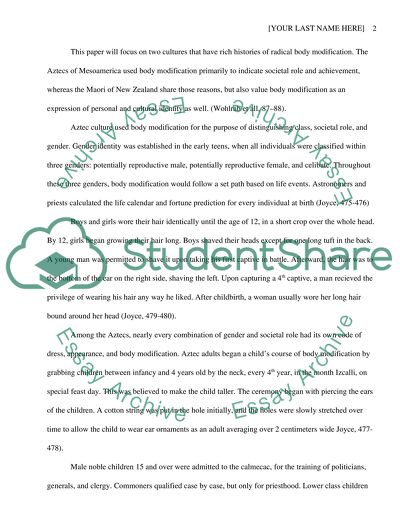Cite this document
(“Extremes of Body Modification in the Aztec and Maori Cultures Research Paper”, n.d.)
Retrieved from https://studentshare.org/anthropology/1439831-extremes-of-body-modification-in-the-aztec-and-maori-cultures
Retrieved from https://studentshare.org/anthropology/1439831-extremes-of-body-modification-in-the-aztec-and-maori-cultures
(Extremes of Body Modification in the Aztec and Maori Cultures Research Paper)
https://studentshare.org/anthropology/1439831-extremes-of-body-modification-in-the-aztec-and-maori-cultures.
https://studentshare.org/anthropology/1439831-extremes-of-body-modification-in-the-aztec-and-maori-cultures.
“Extremes of Body Modification in the Aztec and Maori Cultures Research Paper”, n.d. https://studentshare.org/anthropology/1439831-extremes-of-body-modification-in-the-aztec-and-maori-cultures.


